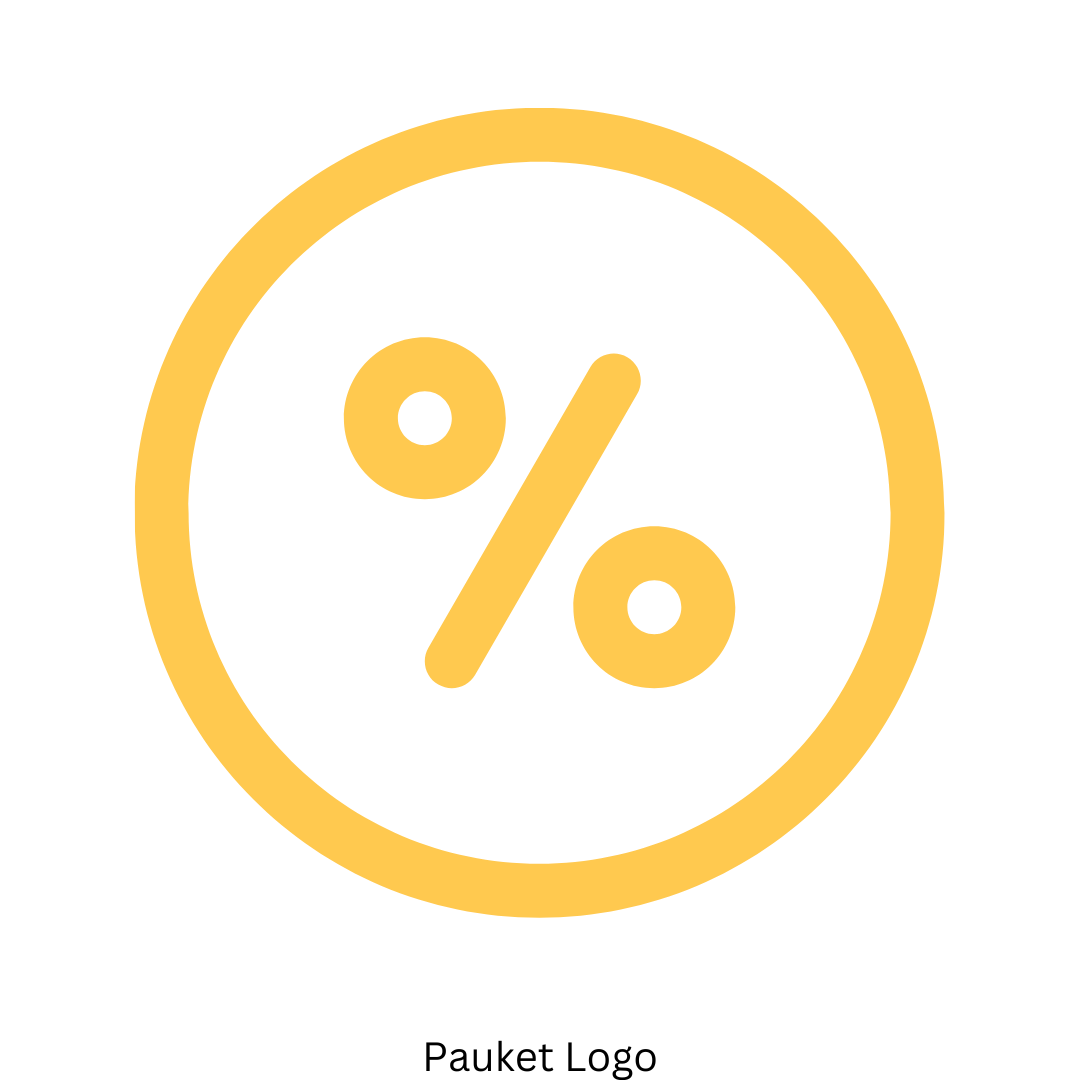1. Define Clear Objectives: Before launching a promotional campaign, establish specific, measurable goals. Whether it’s increasing brand awareness, generating leads, or boosting sales, having clear objectives helps in tracking ROI effectively.
2. Track Key Metrics: Identify and monitor relevant metrics such as website traffic, conversion rates, sales figures, and customer engagement. Use tools like Google Analytics, CRM software, and social media insights to gather data.
3. Calculate Costs: Include all costs associated with the campaign, such as production, distribution, advertising spend, and labor. This comprehensive view of expenses is crucial for accurate ROI calculations.
4. Measure Direct Revenue: Track the revenue generated directly from the campaign. This could be through sales, new customer sign-ups, or any other conversion metric aligned with your goals.
5. Evaluate Customer Acquisition Cost (CAC): Calculate the cost of acquiring a new customer through the campaign. Lower CAC indicates a more efficient promotional strategy.
6. Assess Long-Term Value: Consider the long-term benefits of the campaign, such as customer lifetime value (CLV) and brand loyalty. A successful campaign can yield returns beyond the immediate period.
7. Analyze Feedback and Engagement: Gather customer feedback and analyze engagement levels to understand the campaign’s impact on brand perception and customer satisfaction.
8. Adjust and Optimize: Use the insights gained from your analysis to refine future campaigns. Continuous improvement based on data-driven decisions enhances ROI over time.

